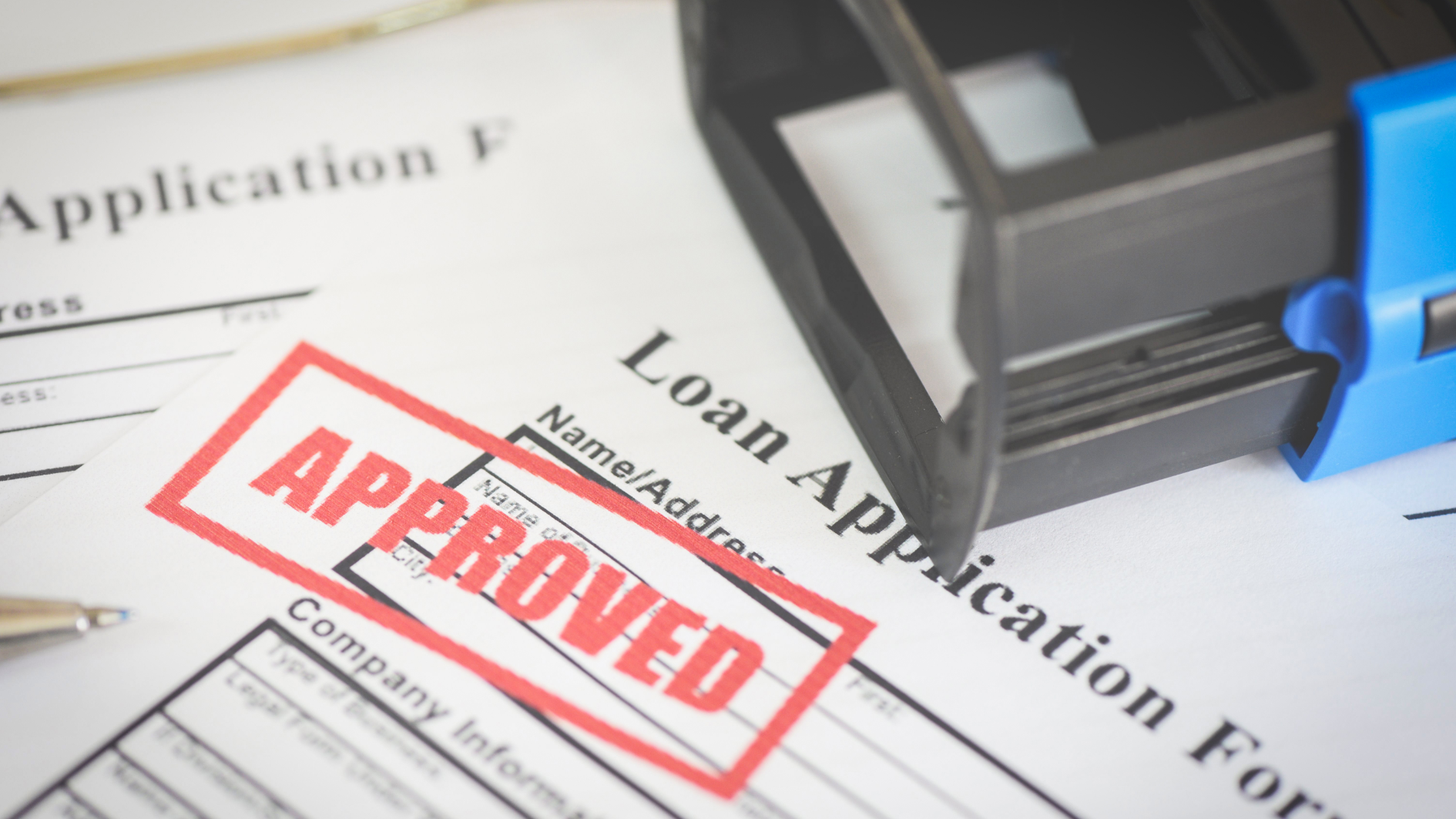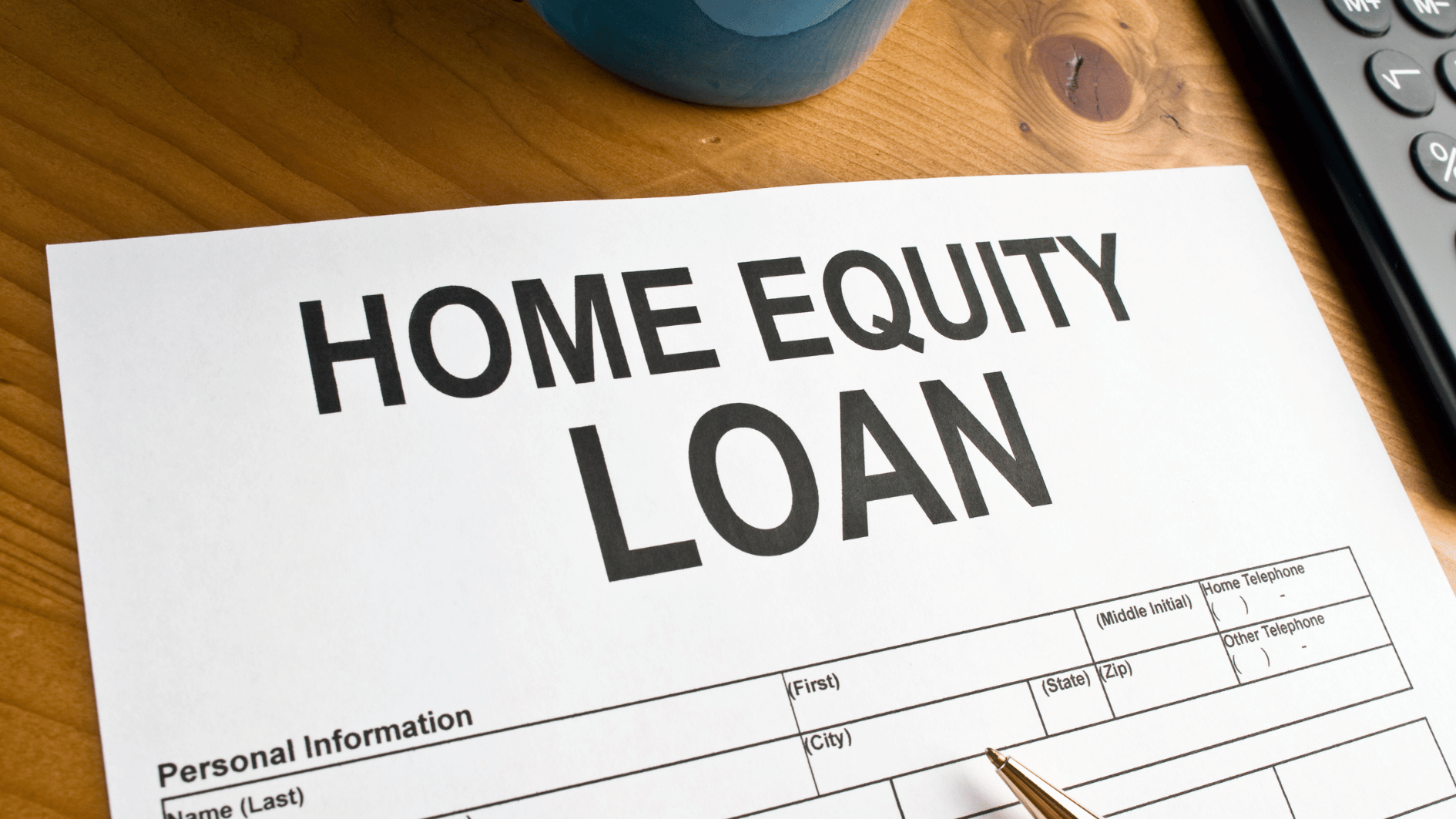Image source: Canva.com
Solar loans have become an increasingly popular option for homeowners who want to harness the power of solar energy but find the full upfront cost prohibitive. With the price of solar systems typically ranging between $20,000 and $25,000 before applying tax credits and incentives, financing can make this significant investment far more accessible and manageable.
One of the standout features of solar loans is the ability to re-amortize, or recast, the loan. This flexible option allows you to adjust the terms of your loan based on changes in your financial situation or after you’ve received your tax credits and incentives. Re-amortization can be a strategic move, helping you lower your monthly payments or enabling you to pay off the loan faster, all without the need for refinancing. This means that you can maintain the existing terms of your loan while tailoring your payments to better suit your budget and financial goals.
Understanding how re-amortization works is key to maximizing the benefits of your solar loan. It’s an option that offers not just flexibility, but also potential savings over the life of your loan. Whether you’re looking to reduce your monthly financial obligations or want to pay down your debt more quickly, re-amortization might be the right tool to help you achieve your goals. Here’s everything you need to know about how re-amortization works, when it might be advantageous, and how you can use it to get the most out of your solar investment.

Solar Loans: An Attractive Financing Option
Understanding Re-Amortized Solar Loans
When you re-amortize a solar loan, you typically make a lump sum payment to reduce the principal balance, which in turn lowers your monthly payments. Many solar loans offer re-amortization around the 18-month mark, allowing you to use your 30% federal solar tax credit to pay down part of the balance. Given that an average solar energy system costs over $20,000, this tax credit can significantly reduce your remaining balance. Lenders often agree to re-amortize loans based on the assumption that the tax credit will be used for this purpose, though the lump sum can come from any source.
Re-amortizing a loan is similar to refinancing a mortgage in that it aims to reduce monthly payments, adjust the loan term, or lower the interest paid, or a combination of these benefits. However, unlike refinancing, re-amortization usually doesn’t require going through a new application process.
Depending on your loan and lender, you may be able to re-amortize multiple times during the loan term. Not all solar loans offer this option, so it’s crucial to check with your lender when you sign your loan agreement.

Choosing Between Secured and Unsecured Solar Loans
Calculating Your Solar Loan Repayment
During the first year of your solar loan term, your payments will be higher because you haven’t made your lump sum payment yet. Once you apply the savings from your federal solar tax credit to your loan, your lender will recalculate your loan terms based on the new, smaller balance, resulting in reduced payments or a revised loan payoff timeframe.
For example, consider a $20,000 solar loan with a 20-year term at a 6% interest rate. Your initial monthly payments would be about $143, and you’d pay approximately $14,400 in interest over the life of the loan. If you re-amortize the loan after one year by applying your $6,000 federal solar tax credit (30% of $20,000) to reduce the principal balance to $14,000, your monthly payments would drop to around $100, and your total interest paid would be about $10,000.
If your goal is to minimize interest paid over the loan’s lifetime and you can afford a higher monthly payment of $155, you could shorten the loan term from 20 years to 10 years. In this scenario, you’d pay only about $4,600 in interest over a decade, saving thousands more.
It’s important to note that, like other loans, the interest rate your lender charges depends on personal financial factors such as your credit score and debt-to-income ratio (DTI). Therefore, if you’re planning to invest in a solar panel system, it’s wise to pay off as much debt as possible (like credit cards or a car loan) to make yourself a more attractive loan candidate to lenders.

Easy Financing: Solar Panels and Home Equity Loans
Impact of Re-Amortization on Your Solar Loan Payments
While many people re-amortize a loan to lower their monthly payments, some solar owners do it to pay off their loan faster. If you choose to shorten your loan term, for example from 10 years to 5 years, your monthly payments will increase because you have less time to pay off the remaining balance. However, the benefit of higher monthly payments is that you pay less interest over time, potentially saving thousands of dollars. Additionally, you break even on your solar investment sooner and start enjoying the financial benefits of going solar years earlier.
FAQs About Solar Financing
Is financing the right choice for my solar panel installation?
If you can’t afford the upfront cost, solar financing is a good way to go solar with little or no money down. Whether you pay in cash or take out a loan, the average SolarWiki customer breaks even on their initial solar investment in less than 10 years. You can compare solar quotes on SolarWiki’s marketplace and evaluate financing options from multiple installers side-by-side to determine which option makes the most financial sense for you.
What does a finance charge entail in a solar loan?
As with most loans, solar loans often come with fees and additional costs charged by your lender. Your interest rate will be determined by factors such as your credit score and debt-to-income ratio (DTI), as well as broader economic conditions. Interest rates are set by the Federal Reserve and are currently between 5.25% and 5.5%, a two-decade high.
Can solar financing be tax deductible?
Regardless of the type of solar loan you take out, you’re eligible for the federal solar tax credit, also known as the investment tax credit (ITC). The ITC allows you to claim 30% of your solar installation costs as a tax credit, saving you thousands of dollars. Additionally, you may qualify for state rebates and incentives depending on where you live. If you use a home equity loan to finance your solar energy system instead of a solar loan, you may be able to deduct the loan interest from your taxes. Consult with a tax professional to ensure you qualify for specific incentives based on your loan type.





